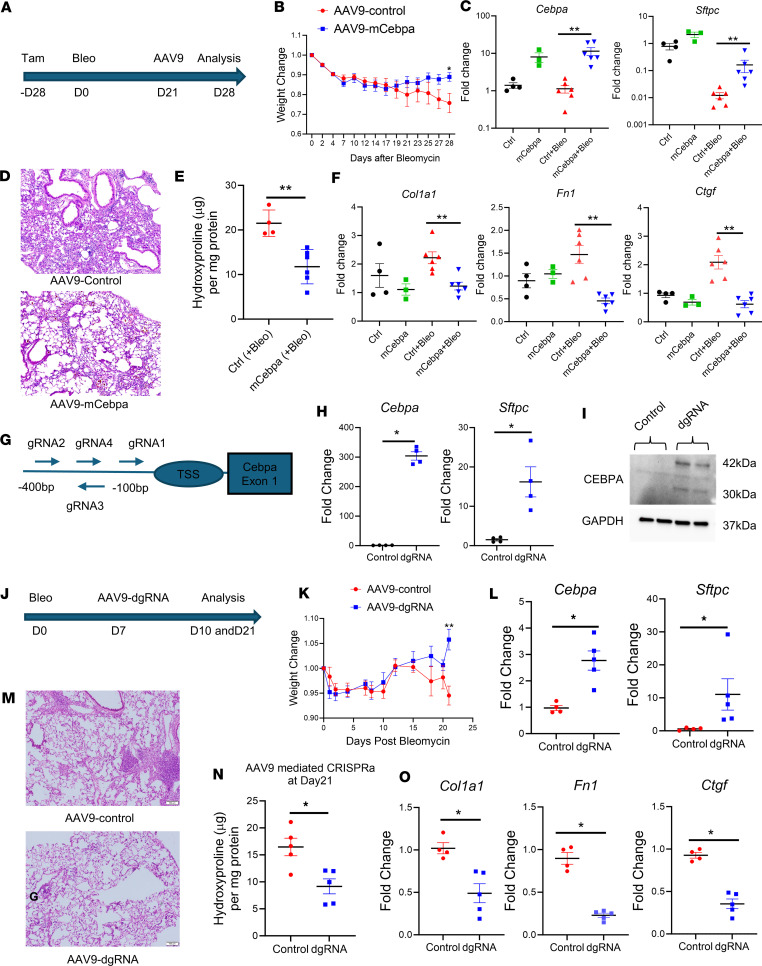Figure 6. Rescue of Cebpa expression alleviates lung fibrosis.
(A) Schematic timeline of AAV9 treatment to alleviate lung fibrosis. (B) Weight of CebpaΔSftpc mice treated with AAV9-mCebpa (n = 6) or AAV9-control (n = 5). (C) qPCR for Cebpa and Sftpc transcripts performed 28 days after bleomycin injury on sorted epithelial cells from CebpaΔSftpc mice lungs treated with AAV9-mCebpa or AAV9-control. (D) Representative H&E staining showing 28 days after bleomycin injury from CebpaΔSftpc mice lung treated with AAV9-dgRNA (n = 3) or AAV9-control (n = 3). (E) Hydroxyproline assay performed 28 days after bleomycin injury from CebpaΔSftpc mice lungs treated with AAV9-mCebpa (n = 6) or AAV9-control (n = 5). (F) qPCR for profibrotic gene transcripts performed 28 days after bleomycin injury from CebpaΔSftpc mice lungs treated with AAV9-mCebpa or AAV9-control. (G) Schematic showing how endogenous Cebpa expression was enhanced using an inactivated CRISPR-Cas9 system. (H) qPCR for Cebpa and Sftpc transcripts in cultured epithelial cells from Cas9 mice and then transfected with the dgRNA1 plasmid (n = 4). (I) Representative Western blot showing Cebpa activation in cultured epithelial cells from Cas9 mice treated with the dgRNA1 plasmid (n = 3). (J) Schematic timeline showing endogenous Cebpa reactivation in the 52- to 60-week-old Cas9 mice with bleomycin induced lung fibrosis. (K) Weight change of Cas9 mice after bleomycin injury and after treatment with AAV9-dgRNA (n = 5) or AAV9-control (n = 5). (L) qPCR of Cebpa and Sftpc transcripts performed 10 days after bleomycin injury on sorted epithelial cells from Cas9 mice treated with AAV9-dgRNA or AAV9-control. (M and N) Representative H&E staining (n = 3) and hydroxyproline assay showing 21 days after bleomycin injury from Cas9 mice lungs treated with AAV9-dgRNA or AAV9-control. (O) qPCR for profibrotic gene transcripts performed 21 days after bleomycin injury from Cas9 mice lungs treated with AAV9-dgRNA (n = 5) or AAV9-control (n = 4). Data were analyzed using a Mann-Whitney U test. *P < 0.05, **P < 0.01.

